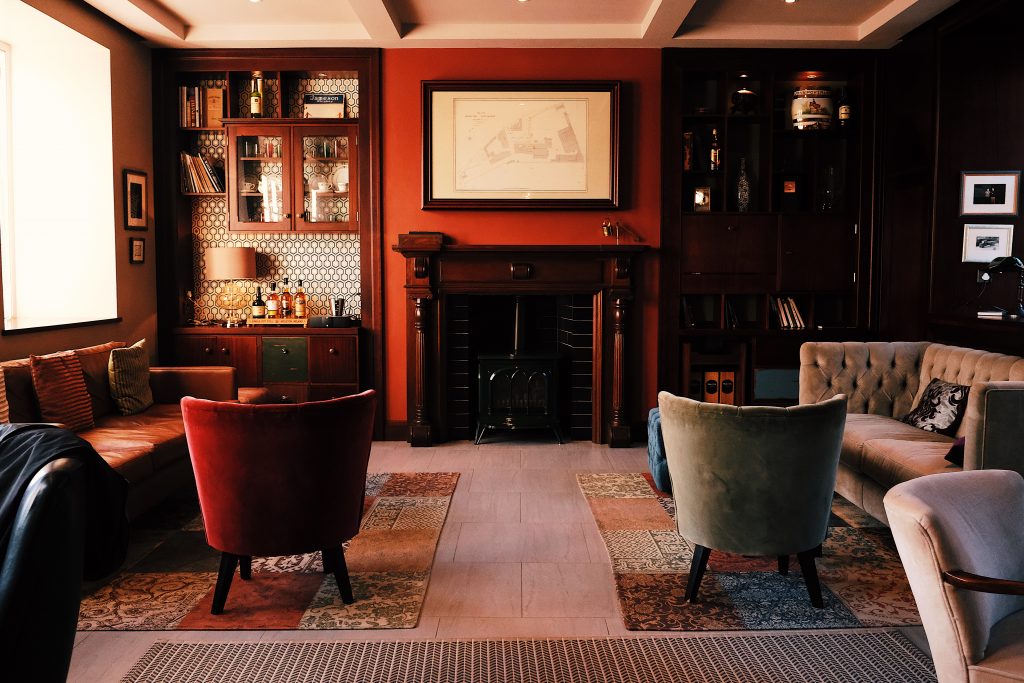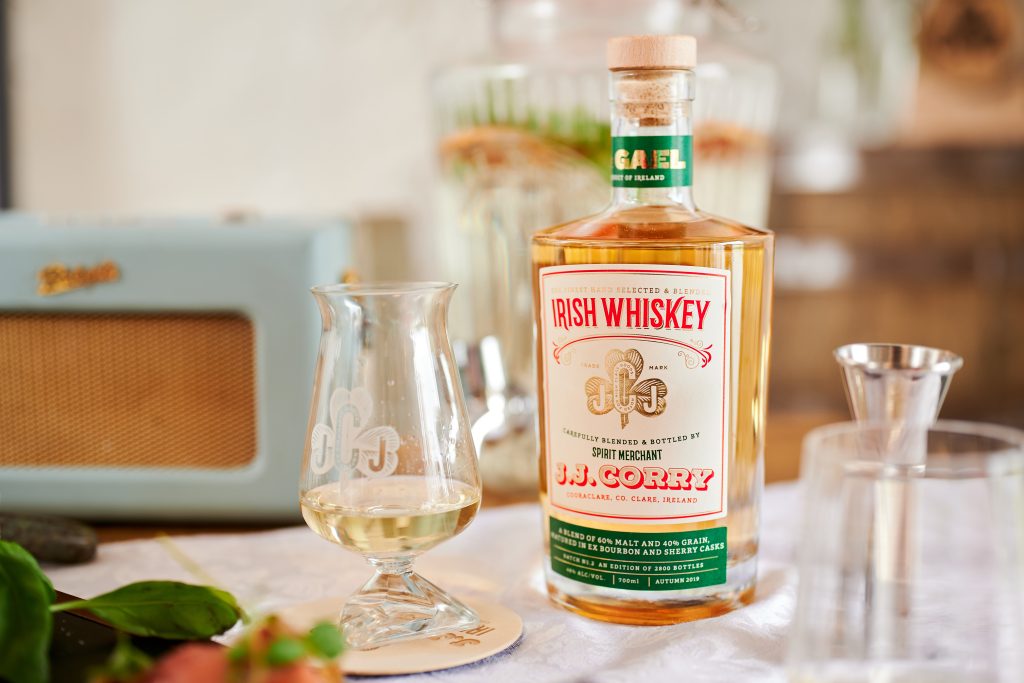Powers Irish Whiskey’s Illustrious Heritage
Tracing the history of the proudly Irish brand

Powers Irish Whiskey is one of the most beloved whiskeys in the world. It’s also one of the most popular Irish whiskeys consumed by actual Irish people in Ireland. But a good whiskey is par for the course. The Irish people have fought for a very long time to keep Ireland whole and take great pride in their heritage, culture and industry—especially in their whiskey.
When it comes to Powers, though, there are two distinct reasons why it’s so beloved and why it has, for decades, been considered the true whiskey of the country. As Irish Distillers Archivist Carol Quinn tells us on visit to the Emerald Isle, “Powers was the number one selling Irish whiskey in Ireland for a very long time. But even today, Powers is what you’ll see on the table at a funeral or a wedding.” Speaking with Quinn, we learn plenty about the history of the whiskey industry, and what those two aforementioned keys are to the Powers Whiskey brand.
The first reason is because they put a lot of love and effort into their products. Powers was the first Irish whiskey company to bottle their own booze on their own premises—as opposed to selling casks directly to bondsmen (retailers), who would bottle it and then sell to the public. Despite the astronomical costs of bottling at the time, the Powers family insisted on doing it on site so people knew they were drinking real Powers Irish Whiskey—not something that had been stepped on or watered down. (In the early days, bondsmen would notoriously cut bottles with water, cheaper grain alcohol, and coloring to get more product for less money.)

Powers would still sell casks to bondsmen, but only upon request, and only if the bondsmen agreed to use separate labels so people would be able to differentiate between the two.
Their famous gold label (which today is reproduced as easily as getting a proper ink cartridge) was first made by grinding down bronze and speckling it into the label paint. There was no other way to create the shimmering gold for which Powers became known, so they did it the hard—and very expensive—way. The Powers family saw very early on how important strong branding and marketing is and it paid dividends.

The second thing that solidified Powers as the Irishman’s whiskey is that, since the very beginning, they’ve always acted on the best interests of Ireland and its people.
In the late 1890s, 80-90% of Irish people lived off subsistence farming. In order to make sure these farmers were staying up to date with the latest and greatest goings-on in the agriculture world, John Power (who would later be awarded a baronet title in Ireland, and whose name still appears in the stained glass at St Catherine’s Church on Meath Street in Dublin) chartered an entire train of local farmers to the 1896 Agricultural Show at the show grounds of the Royal Dublin Society. The train stopped at three villages to pick up passengers, and each person was given a round trip ticket to Dublin, as well as tram fare to get across the city to the show-grounds, entrance to the show itself, breakfast and then a meal of meat and tea in the afternoon. All expenses paid, on Powers’ dime, just to keep Irish bellies full and faces smiling.
And when the season slowed down and those people couldn’t farm or fish Powers employed them—going so far as to build lodging nearby so the men who had to leave their families to work in the distillery would have a safe, warm place to stay (complete with twice-weekly laundry service).

Unfortunately, the Irish whiskey business suffered steady blows in the early to mid 20th Century and it essentially crippled what was once a thriving industry. The world was thrown into World War I in 1916, and the Irish government tried to turn every major distillery on the island into munitions factories.
In 1919, Prohibition hit America. While this didn’t put a terrible dent in the actual revenue Powers was bringing in (thanks largely to their fruitful trade deals with other countries) it did mean that, for many Americans, their first taste of “Irish whiskey” came from watered-down caramelized bottles filled with cheap grain alcohol, gasoline or even formaldehyde. It took decades for the American market to turn back on to Irish whiskey.

While embroiled in a bitter trade war with England (from 1932 to 1938), Ireland lost everything in the British Empire that, at its height, included nearly a quarter of the world’s population. The result was also devastating to both the economy and whiskey industry.
Things started turning around for an otherwise stagnant Irish whiskey industry in 1966 when, in a last effort to preserve their way of life, three of the largest and only whiskey distillers left on the island banded together to create IDL. Those firms were John Jameson & Son, Cork Distilleries Company and John Power & Son. They all agreed to close all their existing distilleries and meet under one roof, at the New Midleton Distillery, which in 1975 opened its doors for the first time.

The Irish whiskey market slowly started its rebound, but Powers and its new-found sister brands had a hard time finding international spotlight. In 1988, that changed when Powers (again willing to put the survival of Irish whiskey before their brand, and at the behest of the marketing and PR firms they hired) agreed to push one Irish whiskey brand out into the world: Jameson Irish Whiskey. This kind of pride and dedication is at the core of the brand, and why people of Ireland have always held Powers in such high regard.
Images by Maxwell Barna












